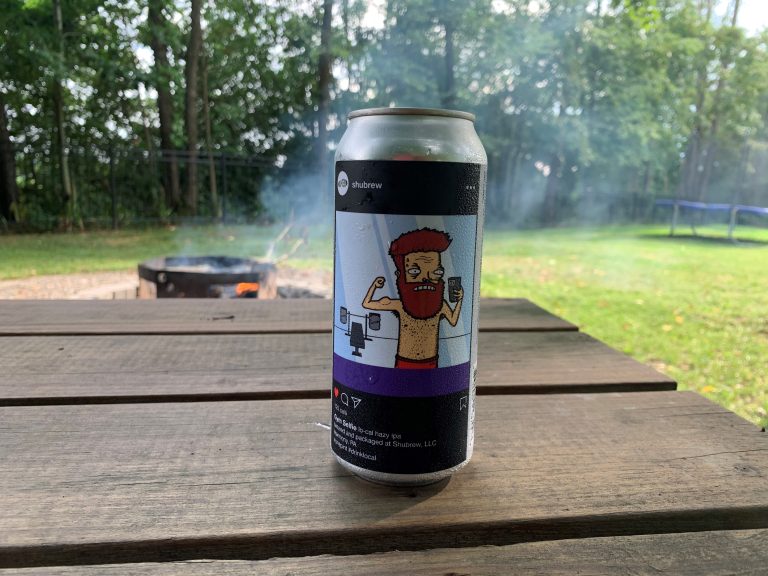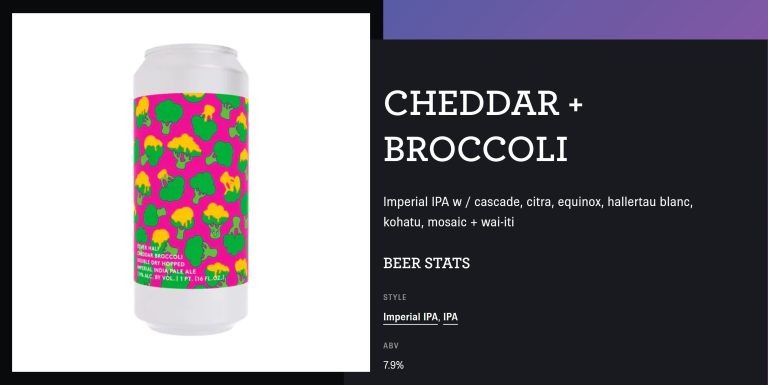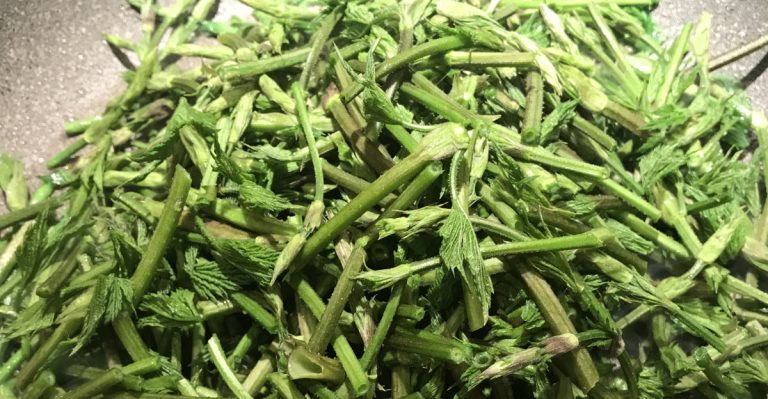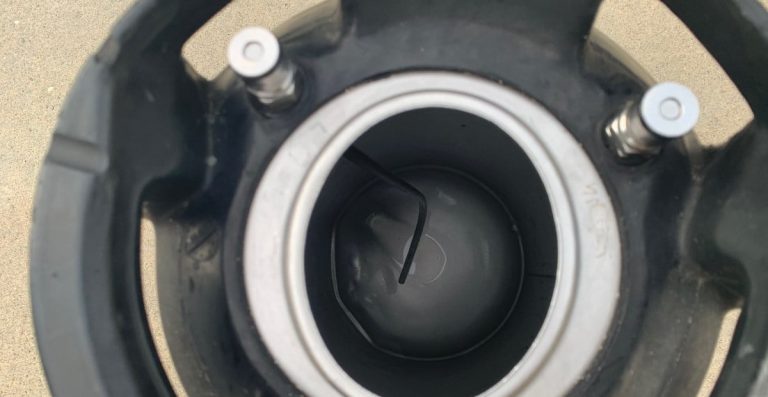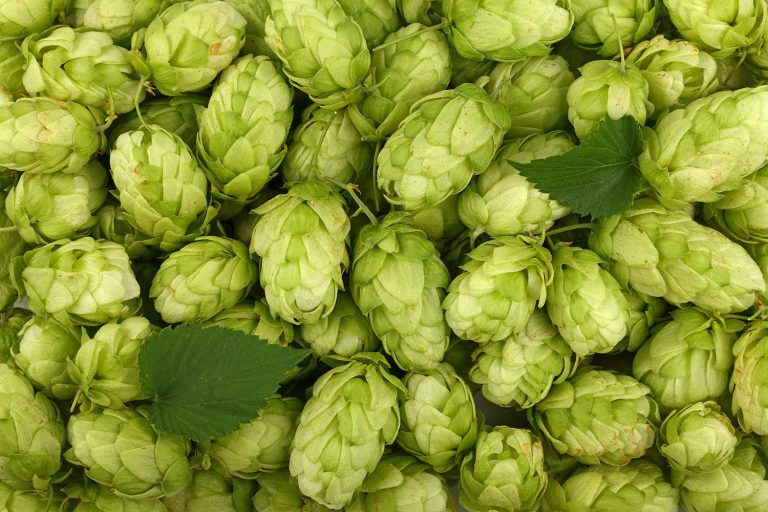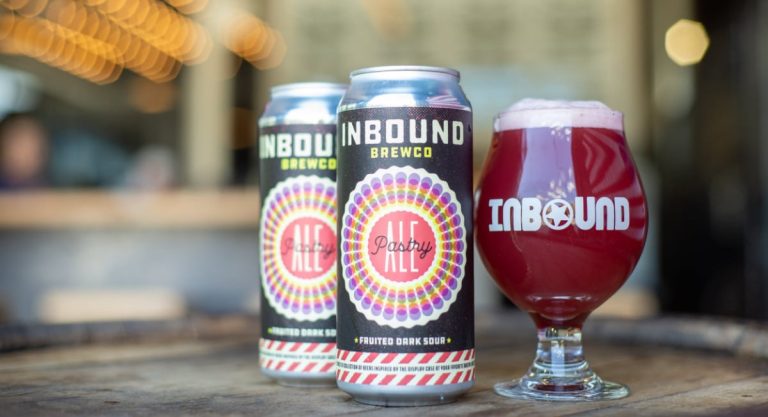All About Hop Additions in Homebrewing
Hops provide bitterness, flavor and aroma to beer.
If you’ve viewed enough beer recipes you’ve without a doubt seen terms like Whirlpool, FWH, Flame Out, and Dry Hop thrown around. These hops go into your homebrew beer at various times, and they all provide different flavors and uses, even if you happen to use the same exact hop for more than step.
These hop additions are very important to getting your beer tasting right, and here we outline the different times that brewers can add the hops to their beer. It should also be noted that these timings are the same regardless the type of hop you are using: pellet, leaf or lupulin.
Get a Hop Spider
It should be noted that if you don’t yet have a hop spider to add your hops into during boil, you should definitely get one. Hop spiders are a stainless steel mesh sleeve that hangs on the side of your boil kettle that you drop the hops into. These spiders prevent any boil hops from getting into your fermenter, prevent the clogging of your siphon, and limit the amount of water loss during the boil since it allows you to drain your hops of as much wort as possible.
First Wort Hop (FWH)
First wort hopping is commonly misunderstood as adding hops to your mash, which is in correct. To correctly FWH, you are expected to add these hops in your boil kettle as the sweet wort is draining from your mash into your kettle. Think of it as a “pre-boil” hopping, or just an extra long 60-minute hop addition. Any hops added at first wort are typically kept in the boil kettle through the end of your boil and are not removed as the kettle heats up.
Any hops added at this stage will mostly impart bitterness to your beer. Generally, the longer the time the hops are in the boil, the more bitter it becomes. This is identified as a higher IBU (international bitterness unit). Hops with higher alpha acids (AA) will create more bitterness than those with lower AA levels.
Minute Additions (60, 30, 15, 10, 5)
These are the most common times to add hops to your beer. The “time” indicated on the recipe tells you when you add the hops based on the amount of time left in your boil. This is a fairly straightforward process and you can just add them directly to your wort or inside the hop spider as I do. These hops will stay inside your wort for the duration of the boil and until you rack to your fermenter.
Any hops added at this stage will mostly impart bitterness to your beer, and thus should be either bittering or dual-purpose hops. Generally, the longer the time the hops are in the boil, the more bitter it becomes. This is identified as a higher IBU (international bitterness unit). Hops with higher alpha acids (AA) will create more bitterness than those with lower AA levels.
The term “Late Additions” typically refer to anytime within the last ten minutes of the boil.
Flame Out
Hops added at flame out are added to the wort or hop spider as soon as you take your kettle off its heat source. The wort will still be at boil temperature (212 F), but will start to rapidly decrease as you start to cool it with your preferred method (immersion, plate, ice bath, etc). The changing of wort temperature will extract different flavors and oils front he hops adding complexity to your beer.
Any hops added at this stage will impart bitterness and some aroma to your beer. Since alpha acids isomerize at temperatures above 175 °F (79 °C), bittering will still occur during this type of hop utilization.
Whirlpool
Hops added in the whirlpool are usually added at a specific temperature and held at that temp for a specific period of time. It is recommended that you pause your cooling process for the duration of the whirlpool, which is usually anywhere from 5-30 minutes. After the time is up, leave the hops in and simply start the cooling process back up.
It is generally recommended using the lid on your kettle during hop whirlpool. There is little chance of DMS impacting your beer if your boil was sufficient. Plus, the lid will protect from any airborne contaminates which would be very detrimental to your beer at these susceptible temperatures. Lastly, the lid will also keep any volatile oils from escaping your pot easily.
The term “whirlpool” comes from the act of swirling the wort with a pump and recirculation hose as is done in larger breweries. I don’t have anything like that, so I give it a good stir with a sanitized spoon every 10 minutes or so… which is much closer to a “Hop Stand” (see blow). I sometimes pick up the hop spider and give it a good swirl as well – you will see a lot of beautiful green hop flavor being pulled out of the spider as you do this.
Hops added above 175 °F (79 °C) will impart bitterness than aroma, and hops added below that temperature will do the opposite and add more aroma than bitterness to the finished beer. Hops added at this stage generally are expected to add a smoother bitterness to your beer than the earlier boil additions.
There are three temperature ranges that are used when whirlpooling hops:
- High Whirlpool Range / 185–210°F (85–99°C): In this range, the temperature is high enough that some hop’s alpha acids are still being isomerized, which will continue to add bitterness to your beer. This range is still high enough that you risk vaporizing a large portion of the hop’s flavor and aroma oils.
- Medium Whirlpool Range / 160–170°F (71–76°C): In this range, little isomerization is happening, which will lead to very little bitterness IBUs being added. However, this temperature is still hot enough to dissolve the flavorful hop oils, making it the perfect range to add tons of flavor and aromas without bitterness.
- Low Whirlpool Range / 150–160°F (60–66°C): In this range you will not add bitterness, and the hop oils will be harder to dissolve. However, the benefit of whirlpooling in this range is that the soluble oils that dissolve into your wort will not vaporize easily and will stay in your beer. Typically, brewers will whirlpool for longer times at this temperature to allow for more oils to dissolve.
Hop Stand
A hop stand is the same as a whirlpool addition, but without the swirling. Most homebrewers with limited equipment actually perform a Hop Stand and not a Whirlpool.
Hop Bursting
Hop bursting is just another name for adding all hops at the end of the boil or very late. Late Additions, Flameout, Whirlpool, Hop Stand all can be a part of “Hop Bursting”.
Dry Hop
A dry hopping schedule is listed in days and not minutes like the other additions. You can read a recipe as “Leave these hops in the fermenter for XX days”. I usually either combine all my dry hops into one larger one added at high krausen as I don’t see a lot of difference of adding two or more separate dry hop additions a few days apart.
One exception to this schedule is any hop that is listed at “30 days”. This is usually shorthand for dry hopping in the keg. If you don’t dry hop in the keg, then you could always move that addition up to a few days before you package and just add them to the fermenter instead.
Scott Janish has mentioned in his new book “The New IPA” that hops added dry like this effectively have extracted all their hop flavor by day three. He also mentioned that prolonged dry hop contact leads to some undesirable vegetal and grassy flavors. This means that it may be prudent to remove the first hop charge if you are going in to add a second charge later on, however I still would advise against it due to the very real chance at adding extra oxygen into your vessel by doing so.
Tip: If you are brewing an IPA, and need some ideas on the hops that should be in your dry hop schedule, check out our hop guide for IPAs.

